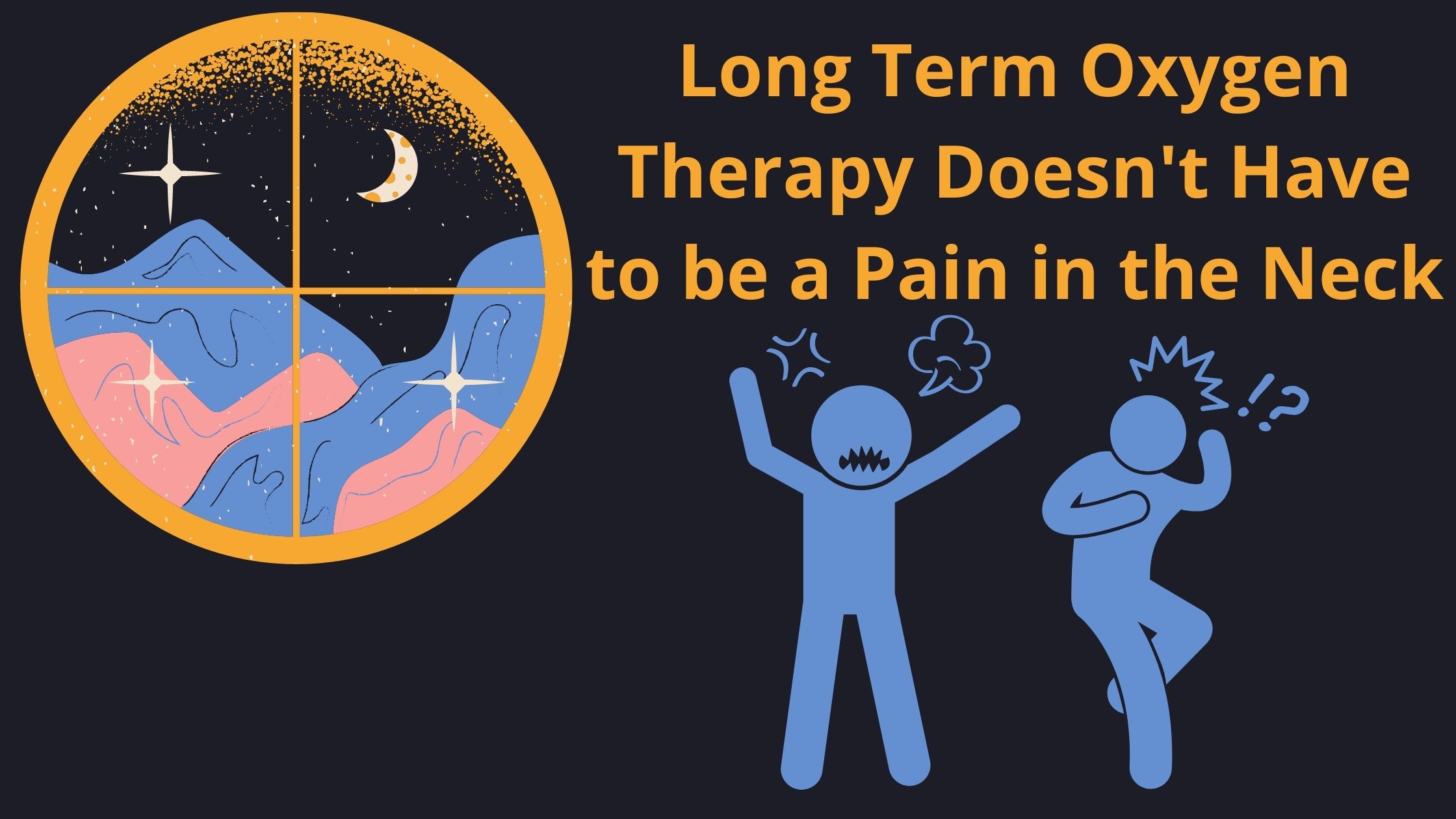
Supplemental oxygen therapy or long term oxygen therapy (LTOT), is an at home therapy process 1.5 million Americans utilize everyday in order to improve their quantity and quality of living with chronic lung diseases.
Many people despise physical therapy for the discomfort, pain, and slow rehabilitation periods. The same goes for oxygen therapy, it can be uncomfortable and a pain to get used to. With that being said, if you are an oxygen patient, LTOT is now a part of you daily life, so if you want to make it as easy and as comfortable as possible, follow the information laid out in this article.
Supplemental oxygen therapy is a necessary treatment for lung patients in accordance with strict health criteria. Respiratory diseases including chronic obstructive pulmonary disease, congestive heart failure, asthma, chronic bronchitis, cystic fibrosis, emphysema, lung cancer, and pneumonia are all possible contributing factors that would require someone to need long term supplemental oxygen therapy (LTOT).
LTOT is prescribed to patients with low blood oxygen levels and corresponding symptoms, and only when LTOT would work to reduce the number of hospitalizations, increase lung capacity, and improve health-related quality of life.
Many lung patients do not qualify for long term oxygen therapy, and by taking oxygen therapy without the proper instructions to do so can be very harmful.
If an individual is using their LTOT at the most optimal dosage, and adheres to their prescription daily, the therapy has the capacity to add years to their life that they would have lost without the therapy.
Getting the Optimal Amount of Oxygen
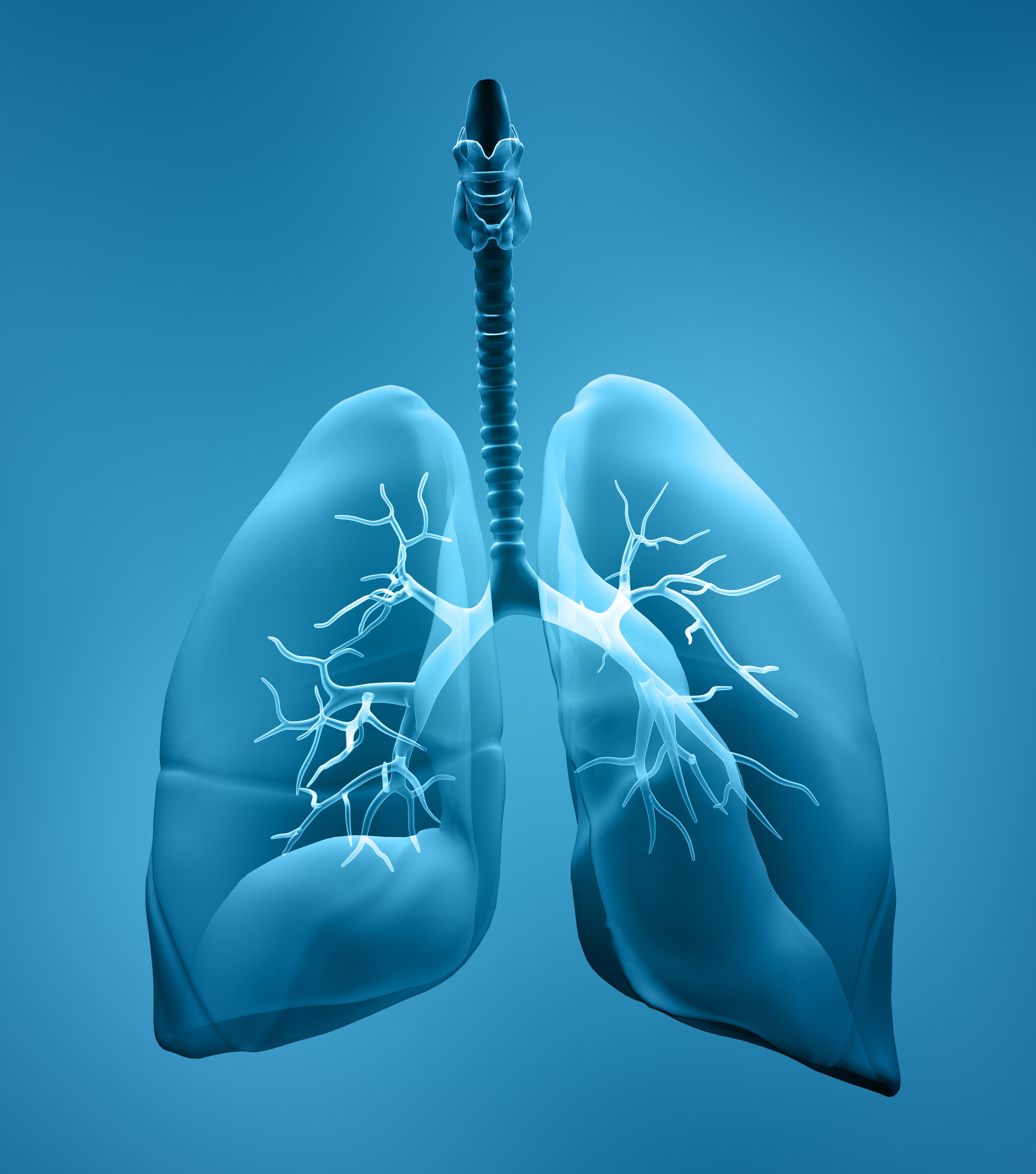
It is critical to get a healthy amount of oxygen. A healthy person will have a normal oxygen saturation level between 95% and 100%, and typically, patients with lung disease tend to have a lower than normal oxygen level. Once oxygen saturation levels drop consistently to 88% and below at rest, a patient should be analyzed for supplemental oxygen therapy to help improve their overall oxygen levels and better manage symptoms..
So how do you know you are getting enough and not too much oxygen when you are using an oxygen device? Here are 8 ways to make sure your supplemental oxygen therapy is done correctly:
- Understand the oxygen prescription your doctor gives you
- Check for hypoxemia at regular intervals using a pulse oximetry monitor
- Keep a respiratory health diary so you can track the progression of your disease and better treat your condition
- Take you medication in accordance with your oxygen therapy
- When you travel, be sure you can travel with your oxygen device or you have a oxygen rental set up before you get to your destination
- Have a back-up portable oxygen concentrator battery in the case of a power outage, or extra canisters for other emergencies
- If you experience a COPD exacerbation, have the knowledge and capabilities to adjust your oxygen device to fit your needs.
- Buy a portable oxygen concentrator that can increase its oxygen output from your baseline dosage, so that if you ever need to increase your dosage your oxygen needs will be covered
Chronic lung diseases are progressive, so your condition will change over time, and depending on your lifestyle, deterioration can happen swiftly, or, ideally, it will progress slowly.
![]()
You have to be in tune with your body when you are an oxygen patient. You have to be capable of determining on your own and with the help of a pulse oximeter monitor when you feel low on oxygen, and if you should seek medical attention, or simply take care of the issue on your own.
This is how a health journal can help you and your doctor explain your symptoms, and it is also a great way to show you what is happening in your body in certain situations.
One of the most obvious ways to make sure you are getting the most optimal amount of oxygen is knowing how to work your oxygen device. Whether you have a portable oxygen concentrator or liquid or gas oxygen tank, you have to adjust to the device and use it properly.
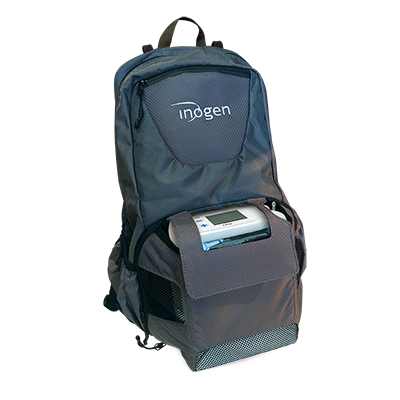
This is why the Inogen One G5 portable oxygen concentrator comes with a free Thrive eLearning Course, that offers:
- Direct access to a private support group (patients, caretakers, and experts)
- Years of COPD and respiratory illness knowledge
- Step-by-step disease management regimen
- Best selling e-books and guides
- Step-by-step breathing exercises
- Learn about exacerbations and how to prevent them
- Speak with a nutritionist about refining and improving your diet
So learning about your disease is one thing, but on top of that you must be equipped to work your oxygen device, this will take time, practice, and education, but with the help of resources, like the LPT Medical blog, the thrive eLearning Course, and pulmonary rehabilitation groups, or online support groups, you can learn rather quickly.
There are a lot of ways to make supplemental oxygen therapy easy, and once you get in the rhythm of using your device, you can start to reap the many benefits of LTOT such as reduced symptoms, improved quality of life, less hospitalizations, and even living longer.
Buying a Portable Oxygen Concentrator

The first step to making supplemental oxygen therapy easier, is buying yourself a portable oxygen concentrator (POC) if you do not already have one.
POCs make life easier for oxygen patients everywhere for a few obvious and other less obvious reasons. First of all, they are portable and designed to help oxygen patients get out and experience life the way they want to
Portability

Finding an oxygen device that helps you move around rather than an oxygen tank that holds you back is an essential quality that can help make LTOT easier.
Many oxygen patients are still very mobile and eager to travel, exercise, and improve their lives through physical activity, daily chorus, and projects. Having a lightweight oxygen device that you can bring with you to the grocery store, on an airplane, and everywhere in between is a luxury that once you experience having one, you will wonder how you got by without one.
The Inogen One G5 is a 4.7 pound oxygen concentrator that exerts pulse flow oxygen 1-6, and can last for up to 10 hrs on setting 2 with the One G5 double battery accessory. With this trusted device, an oxygen patient could carry the One G5 out to dinner, to a movie or a play, for a long walk on the beach without having to worry about running low on oxygen or battery life, and it is also easily transported along any adventure.
Convenience
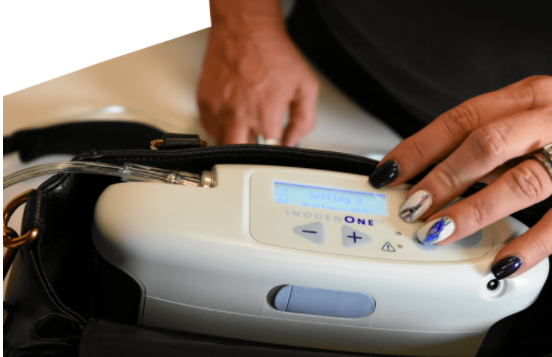
LTOT does not have to be an invasive therapy that gets in the way of your daily routine. If you have an oxygen tank, you will be obligated to get your oxygen filled, traveling will be difficult, and maneuvering your device can be challenging for many.
POCs run on batteries, therefore, you are not tethered to a wall, nor do you have to worry about coordinating your oxygen delivery every week.
The Caire Freestyle Comfort can last for 8 hours with the double battery on a setting 2, and it only weighs 5 pounds. It is user friendly.
On top of being portable and convenient, POCs are also less expensive than oxygen tanks.
Portable oxygen concentrator costs

There are two kinds of POCs, pulse flow and continuous flow. Continuous flow oxygen devices require more power and bigger batteries, therefore, they are more expensive than pulse flow oxygen devices.
If you have an oxygen tank, you will forever be at the will of your oxygen supply company that comes to your home to fill your tanks. Every time this costs time and money. The costs of refilling your tanks over time will outnumber the upfront costs of a POC for a device that never has to be refilled, and is even more reliable and functional.
Easing Nasal Cannula discomfort
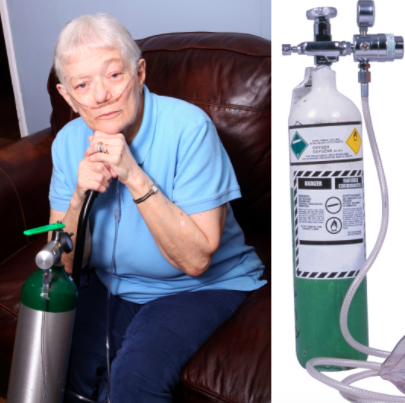
When your oxygen therapy makes you feel uncomfortable, easing these side effects can help make your LTOT easier and more manageable. Oxygen masks and nasal cannula can cause a lot of discomforts for some oxygen patines. Because you have to wear these oxygen accessories all day long and maybe at night as well, this can cause some irritation.
Here are some of the most common problems that oxygen patients have with nasal cannula and oxygen masks:
- Nasal dryness and nosebleeds
- Ear pressure and pain
- Skin irritation
- Soreness
- Tubing getting snagged, twisted, and pulled
- Excess moisture and condensation
Here is an blog you can read that will help you deal with the discomforts LTOT can impose: How to Make Supplemental Oxygen More Comfortable
Maintenance

As with anything, oxygen devices require maintenance from time to time. Portable oxygen concentrates extra air from the surrounding area, and filters the air so you breath in to medical-grade oxygen with less impurities and excess particles.
Regular maintenance you will have to perform on your portable oxygen concentrator is cleaning the filter, as you would with any filtration system.
You should clean your oxygen filter depending on how much you use your POC, normally oxygen users clean or at least inspect their oxygen filter once a week. When you are inspecting the filter make sure there are no holes or tears, and if there is any damage buy a new filter.
You can clean the filter with a vacuum cleaner attachment, and work to remove dust or debris.
If you vacuum the filter, and there is still some dirt or dust remaining, you can get the filter wet just enough to wash away any remaining dirt and use mild dish soap, just be sure to rinse it thoroughly to remove the soap. Allow it to air dry completely in a dust free environment before you put it back into place. Depending on the model and the supplier’s instructions, you might need to clean the filter more often than once a week.
There are oxygen devices like the Respironics SimplyGo that are designed to be durable and reliable and require very little regular maintenance.
Staying Clean and Organized

Cleaning your portable oxygen concentrator is an important task in taking care of your oxygen device. The better care you can take of your equipment the longer it will last, and the less maintenance you will have to perform on the device.
Everytime you need maintenance on your device, you have to send the device to your distributor, and wait for it to be repaired and sent back to you, this is obviously a huge inconvenience.
To clean your portable oxygen concentrator follow these simple steps:
- Always unplug your device before cleaning it
- Wipe down the outside with a rag of warm water and a little bit of soap
- Rinse the device with another damp rag
- Use a cotton swab to get the dust and dirt out of vents and cracks
- Dry completely
To clean your nasal tubing:
- Soak the tubs in a pool of soapy warm water
- Rinse the nasal cannula with a solution of water 90% and 10% white vinegar
- Dry completely
You can also wipe your device and the nasal tubing with alcohol wipes to remove germs daily. It is a good practice to replace nasal cannulas and tubing every month if you use the device often. Keep your concentrator in an area with less dust, and if you can, try to dust your home often or use an air filter that can extract dust and particles from the surrounding air thereby limiting the amount of dust that is filtered out through your concentrator.
To clean the filter
First, closely follow the manufacturer's instructions for removing the filter from the device. Then follow these instructions:
- Dip the filter into a pool of light dish soap mixed with warm water
- Use a damp cloth to thoroughly clean off any lingering dirt or dust
- Rinse the filter to get off all of the soap
- Completely dry the filter before putting it back into your concentrator
Organization is key to making life easier while using LTOT.
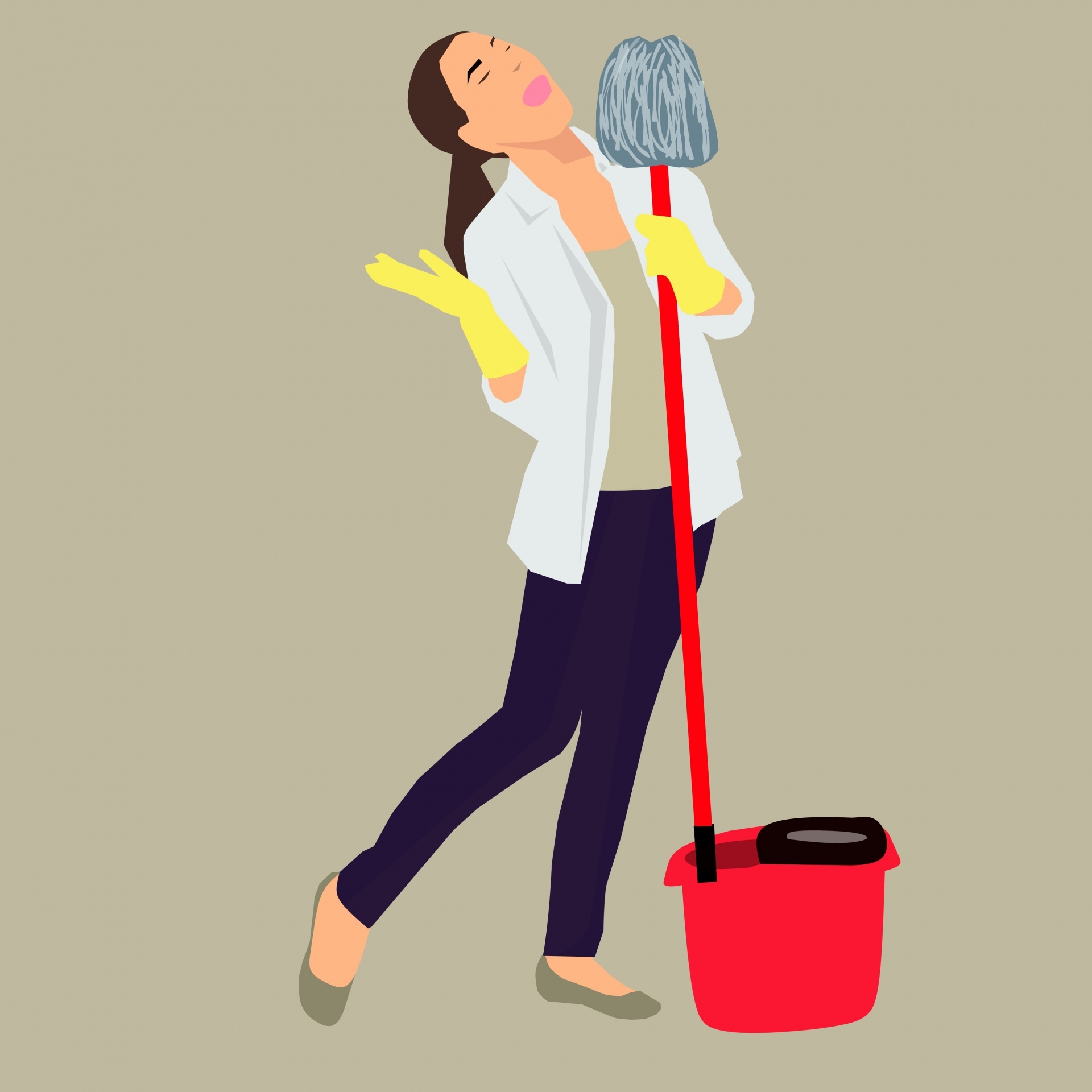
Things that you should have organized and capable of finding at all times:
- The contact of you doctor or physician
- The contact of your oxygen equipment sales company 1(800)-946-1201
- The maintenance receipts of your oxygen device
- Your oxygen prescription written by your doctor
- A health journal explaining any and all of your experiences with exacerbated symptoms, oxygen equipment issues, and oxygen levels
- The location of extra batteries, tubing, and other oxygen accessories
- The location of your emergency oxygen supply
Having all of this information organized can create a sense of peace and comfort in your daily life. Without organization, especially if you have a chronic illness, stress and anxiety can play a huge part in your well-being.
Sleeping and Resting with Oxygen Therapy

Getting enough sleep and rest is imperative for respiratory patients. If you do not get enough sleep either due to a secondary sleeping disorder or you find it hard to sleep while using oxygen equipment you should focus on a strict bedtime routine, finding time to exercise during the day, and using the best oxygen equipment for sleep.
If you have sleep apnea, of if you are experiencing any signs and symptoms of sleep apnea, like snoring a lot, you should talk to your doctor getting tested. Sleep apnea and COPD often occur together and in this case, treating sleep apnea is the best way for you to get more sleep.
Beyond treating sleep apnea, you can also follow these suggestions:
Get into a strict bedtime routine, this will help you get into a rhythm, so that falling asleep and staying asleep becomes a natural process. Try going to bed and waking up at the same time every day — even on weekends, this can help sync your body and mind so that sleeping becomes a natural part of your day.
If your oxygen saturation levels are low while you sleep, talk to your doctor, they may prescribe oxygen for you to use at night. If you do use oxygen at night but it is keeping you up, understand that is can take some time to get used to.
{{cta('fa8abc2a-1e88-4fa3-82fd-1cb5b9ed43b2','justifycenter')}}
The Respironics SimplyGo portable oxygen concentrator is CPAP/BiPAP compatible and it is equipped with both pulse flow and continuous flow oxygen delivery modes to cover you 24/7 so if you need continuous oxygen at night and pulse flow during the day, this device can do it all.
One amazing feature the SimplyGo offers is the sleep mode technology, this is ideal for oxygen patients that have a hard time falling asleep. All you have to do is turn the "sleep mode" on when you feel yourself dozing off to ensure your oxygen gets delivered while you are sleeping.
When you turn "sleep mode" on your SimplyGo increases its sensitivity to detect your breath, and it softens the pulse flow delivery so it doesn’t wake you up. If you breath is too shallow and your SimplyGo doesn’t detect a breath or if you breathe through your mouth, it will automatically switch back over to continuous flow to ensure you get your required oxygen.
Here are some other ways that can help you fall asleep:
- Avoid electronics before bed
- Exercise during the day
- Analyze your medication and check out if any side effects include losing sleep
- Try to avoid long naps during the day
- No caffeine after 4pm
Overview
Just like physical therapy, oxygen therapy can be tiring and uncomfortable, but the more that you do it the better you will feel.
Allow yourself the time to adjust to LTOT is you are just getting started, and if you have been a long time oxygen patient and you are still experience discomfort, we hope that some of the ideas in this article can help you adjust to a more comfortable oxygen therapy regimen.

